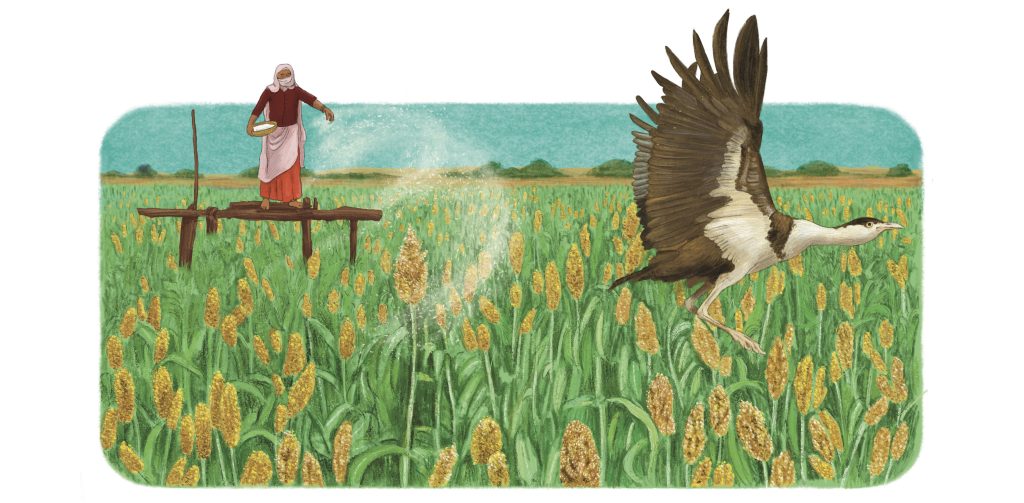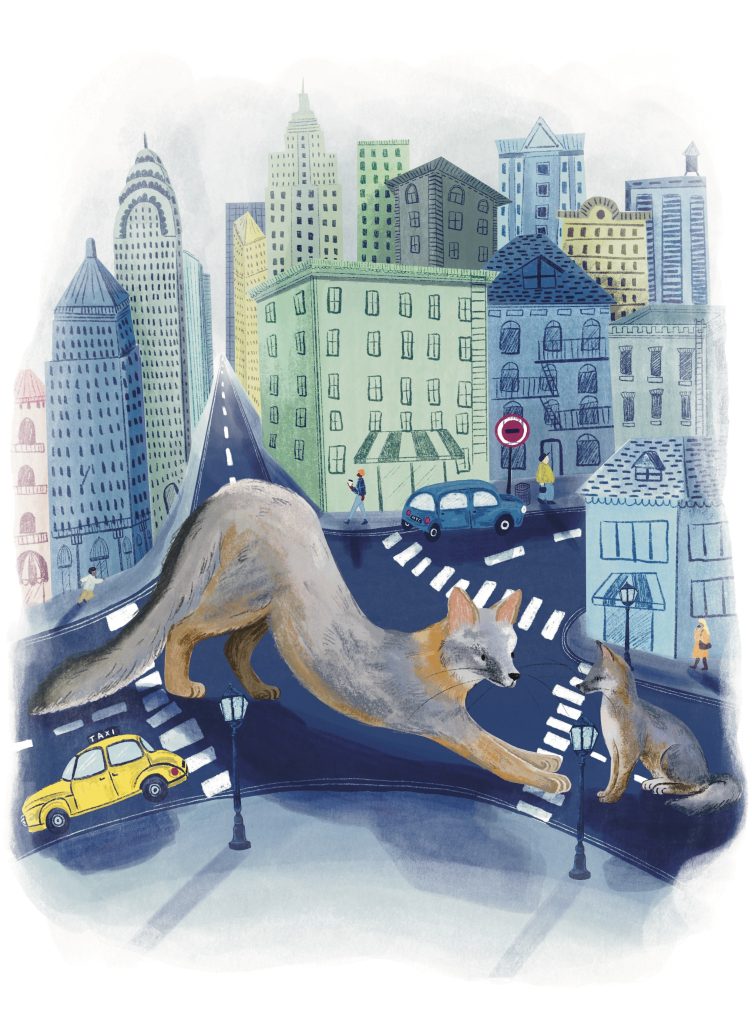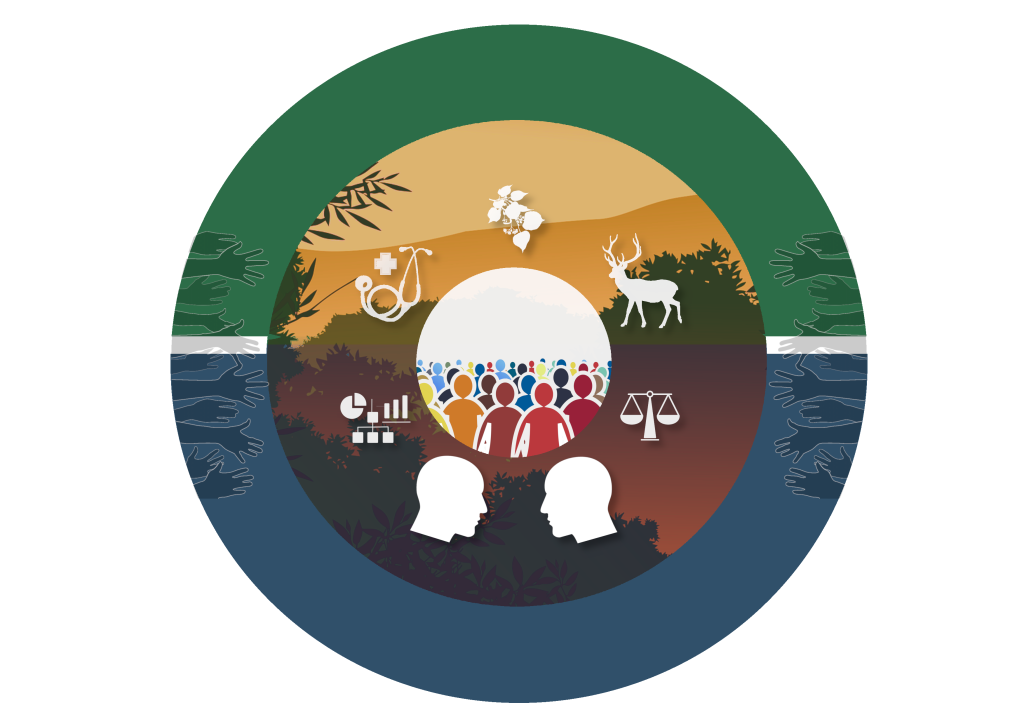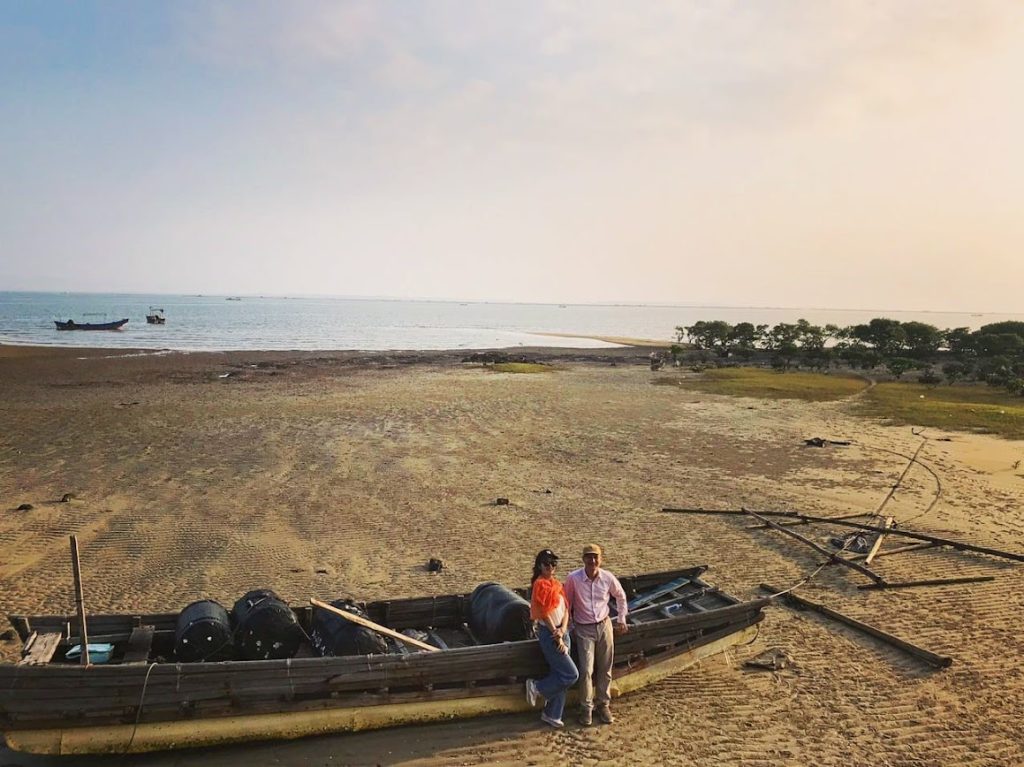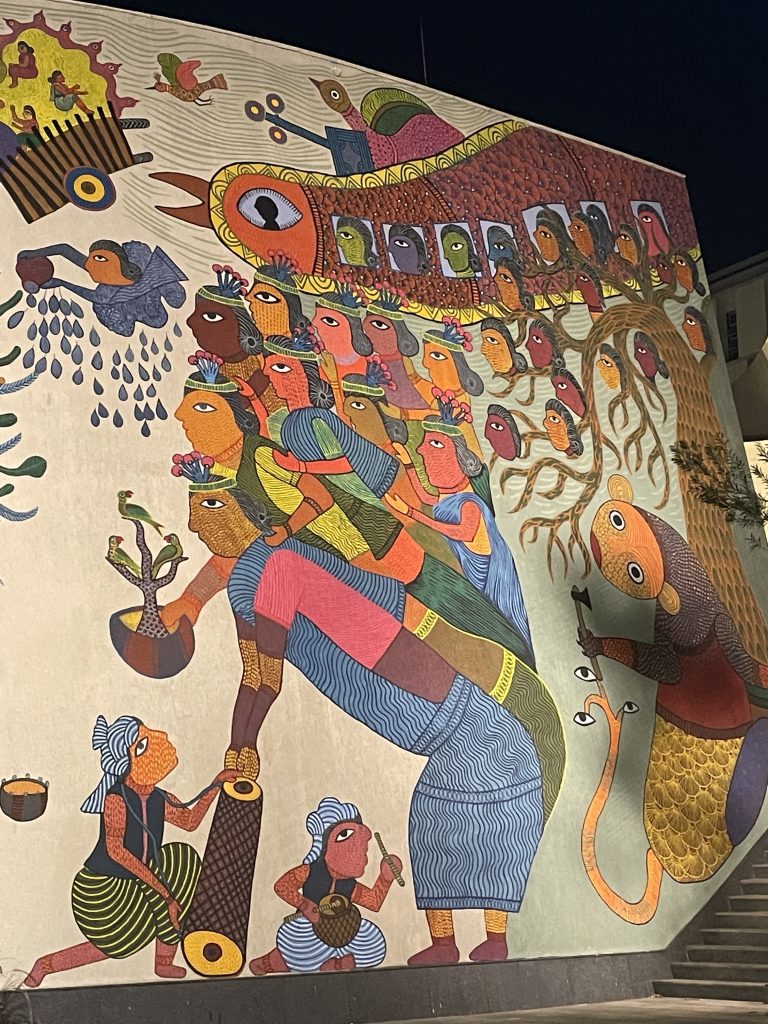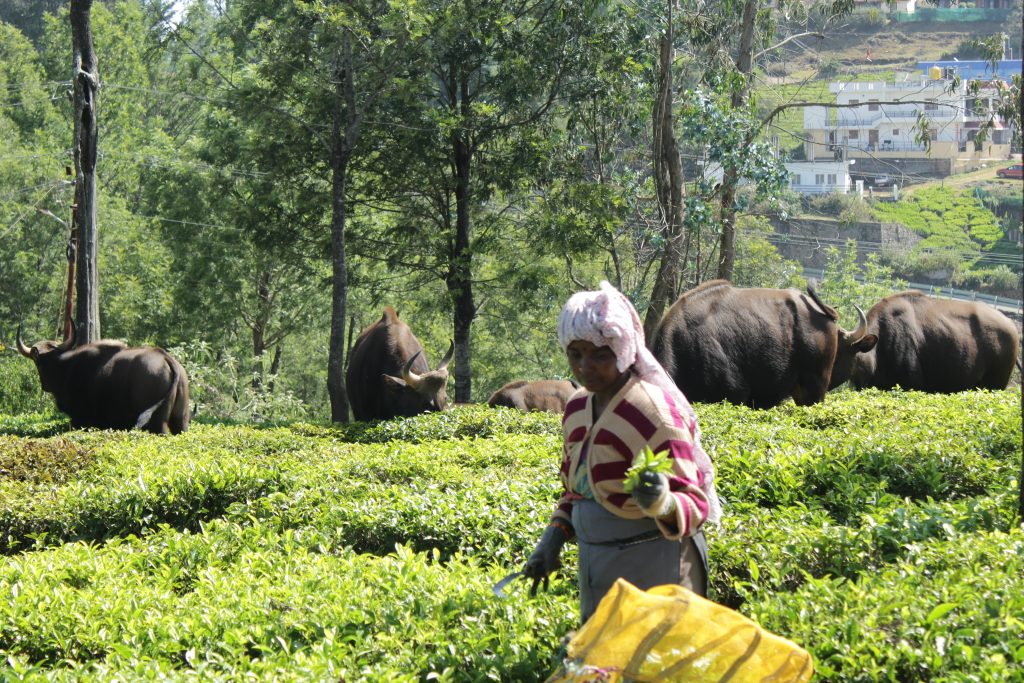Featured image credit: Bildarchiv der Deutschen Kolonialgesellschaft, Universitätsbibliothek Frankfurt am Main (urn:nbn:de:hebis:30:2-509343)
As soon as trophy hunting is mentioned, words such as ‘divisive’, ‘emotive’ or ‘polarising’ are dispatched as caveats to any interlocutor brazen enough to wander into these contested waters. And for good reason. The debate is revived every time photographic evidence of a successful hunt surfaces or motions to ban the import of trophies are tabled in foreign parliament. Generally, this infamous polarising force draws “pragmatic” conservationists to one pole and animal rights and/or welfare activists to the other.
These conservationists argue that trophy hunting is an unfortunate means to an end but serves a vital purpose in conserving endangered megafauna—whether through revenue generation or the reservation of large undeveloped areas for this “sport”. Rights and welfare activists level sadism against it. Somewhere in between, other conservationists argue that not enough ecological or economic evidence can be presented to justify such an ethically dubious activity. And that is usually where the debate ends. Necessary compromise versus animal rights violation. Amidst this warring rhetoric, very little room is left for historical perspectives. Throughout this piece, I refer to trophy hunting within an African and more specifically a Namibian context. I am well aware that trophies are hunted across the globe, but Africa and its charismatic megafauna usually dominate public discourse on the matter—particularly on social media. At this point, we should highlight the intrinsic causal link between the conservation movement, tourism and trophy hunting in Africa. All are vestiges of colonialist endeavours.
Whichever way you try to approach this debate, we are largely left with governments, celebrities, activists, and researchers in the Global North pontificating over the best interests of communities standing to gain or lose the most from structural adaptations. And it is with this pervasive absurdity that I would like to present an often-overlooked argument. A lot of what I reference in this piece is anecdotal. Therefore, this should not be interpreted as an attempt to weigh up empirical evidence, but rather as a perspective which bears further scrutiny beyond the quantifiable which feeds into much wider social complexities.
I write this as a conservation scientist, yes, but more importantly as a descendant of settler-colonialists in an African country. As far as Germany’s colonial exploits go, none were more successful than German South West Africa (now Namibia)—partly reflected in the dominion of our fractional demographic in present-day Namibia. This relates especially to land: at about one percent of Namibia’s population, the Germanophone populace still controls a disproportionately large fraction of commercial farmland in the country. An estimated 70 percent of commercial freehold land is still white-owned. Moreover, colonial land expropriation in Namibia was aggravated and consolidated beyond German hegemony, with Afrikaner nationalism taking its place in the white power void that the Allies felt needed filling after World War I. Only in 1990 was Namibia officially declared independent, after being subjected to South Africa’s oppressive and segregationist rule for most of the 20th century.

The land question has been looming large since Namibia’s independence but loud promises of restorative justice have fallen well short of the proclaimed mark. With Germany’s federal government recently having tabled a reconciliation agreement, which apparently also makes provisions for land acquisition, the issue of land distribution has once again been pulled into focus. A reconciliatory hand was extended as a result of Germany’s efforts to exterminate Ovaherero and Nama nations during its colonial rule in the early 1900s. However, the gesture was overwhelmingly dismissed by affected communities, who have lamented not only its inadequacy and insincerity, but also their exclusion from its drafting. This significant link between land ownership and trophy hunting is usually omitted from the public debate, which prompted this essay.

Because the Namibian government has been dragging its feet on land reform, German rural communities continue to exist in geographically, and consequently, socially isolated settings, where there is a very limited urge to make the intended transition into a non-racial state. In fact, much like the land ownership that has been handed down through generations, attitudes that drove territorial expropriation remain intact. White rural communities represent (unwanted) time capsules—their swathes of fenced-in territory having served as effective refuges of white power across generations. I speak even more confidently on this matter because my own family owned land here for close to a century. It’s hard to overstate how strong a thread both land ownership and trophy hunting are of German-speaking society’s fabric in Namibia. Approximately a quarter of all freehold land is utilised for the trophy hunting enterprise. And none of this should be romanticised—a temptation many people, both eagerly and unknowingly, succumb to.

I’ve witnessed a German hunting farm owner angrily close his dining room curtains on a black employee tending the garden, because he “didn’t need to see that over breakfast”. An anecdote that captures a largely homogenous ideological landscape among German farmers in Namibia. What this translates to on a socioeconomic scale, for example, has been partially captured by reports of unjust labour practices on Namibian farms, which I’ve also been witness to. A further example is the common practice within our (German) farming communities of urging white sellers not to sell their land to prospective black buyers, ensuring that the German grip on land is rarely, if ever willingly, loosened. With all this coloniality in perpetuum, hunters from the Global North are treated to a characteristically colonial experience. And therein lies its appeal. It would be incredibly naïve of us to ignore this and the associated demographic contours that define the Namibian trophy hunting community. Overwhelmingly, it consists of white men from Europe and North America being guided and hosted by white men (in Namibia at least). For example, Europeans and Americans (United States) made up 96 percent of Namibia’s trophy hunters in 2000.

A project sponsored by the Namibia Tourism Board sought to help develop trophy hunting among non-white farmers. In its proposal published in 2013, the authors reported that, at the time, only one out of 555 trophy hunting operators was not white. Seven privately- and black-owned farms were identified as well-positioned to develop hunting-based revenue streams. According to one of the project’s collaborators, three of these are now operational. This attempt at diversifying the trophy hunting industry in Namibia (even with a 100 percent adoption rate) can hardly be classed as a success.
Given the above, it’s imperative to highlight that it’s not only black African communities who stand to benefit from trophy hunting, as it is so popularly framed. Namibia’s hunting industrial complex is controlled by Afrikaans and German men (with rare exceptions), which relates to capital and the racialised socio-economic disparities it aggravates. These characteristics apply to organisations like the Namibia Professional Hunting Association (NAPHA), which among other things lobbies for favourable environmental policies in the country. A closer look at the tab titled “Conservation” on the NAPHA website reveals how little effort is put into dressing the practice in the more morally sound disguise that conservation offers. The information is merely broken down into huntable species, an award system and a section displaying decorated trophies—it is hard to extract any conservation context from it. This is also evident in careless rebrands, with terms like “ethical hunting” or “conservation hunting” commonplace now. NAPHA was established to protect the white man’s right to hunt and little, if anything, has changed.

Those conservationists from the Global North jumping to trophy hunting’s defence profess support for African communities. If that is indeed the case, then (at the very least) acknowledging the raw white supremacy forming the bedrock of the industry in countries like Namibia, should assume a pivotal position in any related discussions. And yes, it is systemic. Wrapped in a hodgepodge of coloniality and white saviourism, the Edenic lure of the continent attracts hunters and scientists alike. Truly helping rural communities across Africa forge a path of self-determination should surely come with the concession that this might come at the expense of hunting or research opportunities.
I find it impossible to align myself with a domain where noisy proclamations of community support are followed by hushed racial slurs. Since trophy hunting has been handed the long end of the economic lever within Namibia’s community-based conservation, it is difficult to argue for its immediate abolishment—given the livelihoods at stake. And its reduction is unlikely to be achieved through import bans or economic innovation within a political climate designed to neglect the very communities that conservationists like to burden with the expectation of economic prudence—under the auspices of environmental protection. Instead, the heavy reliance on trophy hunting, its cousins (i.e., tourism) and their ideological baggage should diminish as a consequence of societal evolution. And this will require us to expand our collective socio-political imagination.
Far be it from me to speak on behalf of people standing to lose livelihoods as a consequence of the immediate abolishment of trophy hunting. And that was never my intention here. This shouldn’t be considered a critique of trophy hunting’s environmental merits but rather a critical assessment of its character. This should also not be interpreted as ammunition for anti-hunting campaigners trying to impose their distorted Western ideals on African lives. This merely serves as a testament to the fact that the industry’s influential actors (in Namibia) do not prioritise African people’s best interests—and a disproportionate dependency on trophy hunting should not obscure that. For all the money hunters are willing to spend on trophies, a hidden cost is dignity, and conservationists turning a blind eye in the name of pragmatism risk complicity. By its nature, trophy hunting will always pursue the conquest of Africa, its wildlife, and its people.
Click here to read a different perspective on trophy hunting in Namibia.

